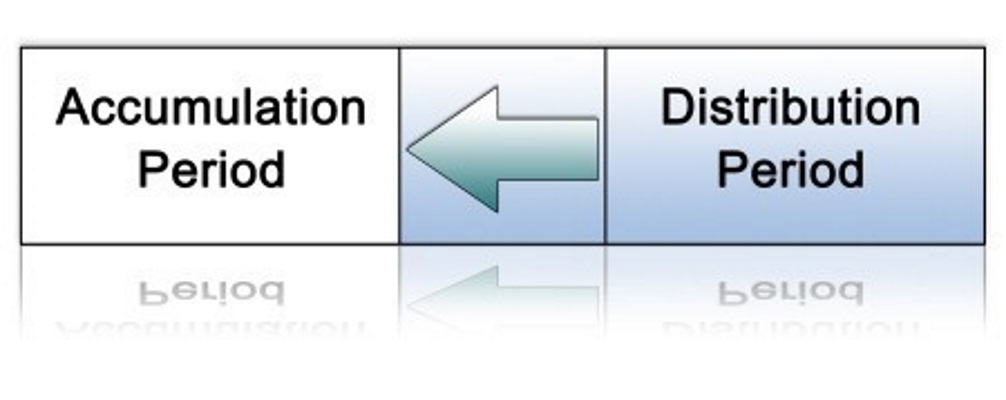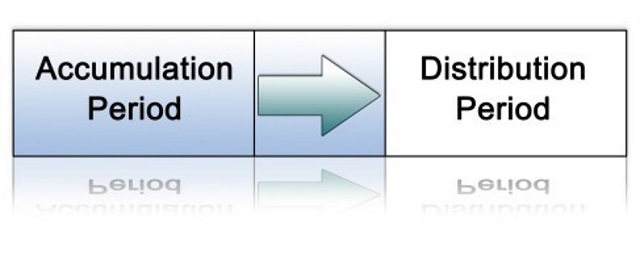
Withdrawing TSP as a Federal Employee
Federal employees spend their entire working careers contributing to savings accounts in what we call the accumulation phase. Retirement marks the transition into the distribution phase, at which point they switch from making contributions to withdrawing their contributions.
A sound retirement plan considers both the accumulation and distribution phases. You have spent your working life saving, and you are finishing strong. It is now time to make sure you understand how your retirement accounts function in the distribution phase so that you can maximize your income streams as you begin withdrawing on your savings.
WITHDRAWING YOUR TSP WHILE WORKING
There are three types of in-service withdrawals you can make from your TSP while you’re still employed. 
- Loan – Some employees take loans from their TSP to cover unexpected or major expenses because the interest rate for these loans is typically quite low. However, technically a loan is not considered a withdrawal as long as it is paid back. While you are repaying your loan, you may still contribute to the TSP. If the loan is not repaid by the time you retire, it will be considered a distribution and you will owe tax on the remaining balance.
- Financial Hardship – These withdrawals can be taken at any age, but you must prove financial hardship first. This withdrawal is not a loan and does not have to be repaid. There are downsides to making this kind of withdrawal. You will owe taxes on the money and possibly an early withdrawal penalty if the withdrawal is taken before you reach age fifty-nine and a half. You are also not allowed to contribute to your TSP for six months following this kind of distribution.
- Age-Based Withdrawal – This type of withdrawal is a one-time-only option that you may exercise once you reach age fifty-nine and a half. This withdrawal allows you to take your money out of the TSP and put it into another type of account. Many people take the distribution and roll it into an IRA and/or a Roth IRA, often to allow for more control over their money.
Even after taking an early withdrawal and rolling your TSP into an IRA, you may still continue to contribute to the TSP for the remainder of your career. Making this type of early withdrawal can be a good strategy for some people, but it can also limit your ability to make another withdrawal later, so you should be strategic about when to make any withdrawals from your TSP.
WITHDRAWING YOUR TSP IN RETIREMENT
After accumulating savings in the TSP for your entire working career, it can be frightening and difficult to transition into the withdrawal stage. But remember, you saved these funds so that you could actually use them in retirement. Enjoy your retirement savings in this new season of your life. Let’s look further into these withdrawal options.

You may leave all of your funds in the TSP, however you must start taking required minimum distributions (RMDs) from your TSP starting no later than April 1 of the year following the year in which you turn seventy and a half. These are required for the remainder of retirement. What if you forget to take the RMD? Well, I will leave you to understand the forfeiture rules of your account by reading TSP- 775{link?}. They are long and complex, but rest assured, forfeiture is not what you want to happen.
You are allowed to take a one-time partial withdrawal from your TSP in retirement. However, you are not eligible for this if you took the age-based withdrawal while you were working. After this one-time partial withdrawal, the TSP will not allow you to treat it like a bank. The TSP will remain in control, only giving you the full withdrawal option. This can limit your options when it comes to withdrawing funds.
The only other option besides the one-time partial withdrawal is to take a full withdrawal, and there are four different ways to do this:
- You may take it all in a single payment.
- You can receive it in monthly payments.
- You can transfer it to an IRA, 401(k), or other similar account.
- You may opt to have it converted into a life annuity.
You may also do some combination of all of the above when taking a full withdrawal.
Generally, there is a mandatory federal tax withholding of 20 percent for any funds you receive directly from the TSP. You may find that you end up owing more or less when you actually file your tax return.
As you can see, there are many useful strategies you can employ to maximize your savings. Make sure you know all of your options and the consequences of the planning choice you make, as well as the ones you could make.
To learn even more about TSP, please visit the Retirement Benefits Institute website and consult our online training materials. You have many options at your disposal for managing personal savings. It is not enough just to contribute to the programs. You need to contribute to the right types of accounts, in the right amount, and at the right times in order to reduce your tax burden, maximize your assets, and enjoy an optimal retirement income.
About Us
Retirement Benefits Institute provides benefits and retirement training to Federal employees. Our trainers and sponsors have provided training to thousands of Federal employees. The team includes former Federal management staff (CSRS & FERS), CPAs, and retirement planners ready to assist you.
Many of our sessions are free of charge to all Federal employees and spouses unless otherwise indicated. Please join us at one of our upcoming training events.
Disclosure
The information contained in this article should not be used in any actual transaction without the advice and guidance of a tax or financial professional who is familiar with all the relevant facts. The information contained here is general in nature and is not intended as legal, tax or investment advice. Furthermore, the information contained herein may not be applicable to or suitable for the individuals’ specific circumstances or needs and may require consideration of other matters. RBI is not a broker-dealer, investment advisory firm, insurance company, or agency and does not provide investment or insurance-related advice or recommendations. Brandon Christy, President of RBI, is a registered representative of Christy Capital Management, Inc. (CCM), a registered investment advisor.





Leave a Reply
You must be logged in to post a comment.